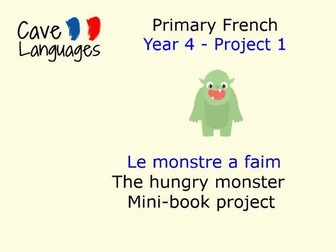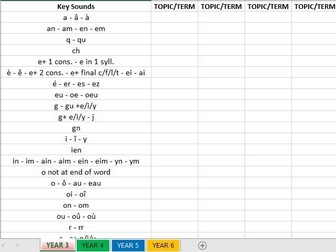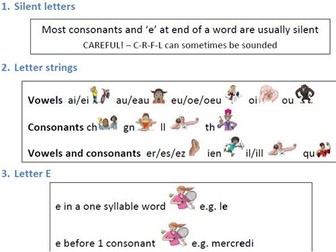
Teacher Monitoring Sheet for Languages in KS2
I've created a teacher monitoring sheet to track progress in KS2 over 4 years using the differentiated stages of the attainment targets which I have devised.
Please feel free to use it and adapt it as you feel fit. If you do use it, it would be good to have some feedback.
The idea is that the list of names of a class are entered at the start of the first year of language learning and at the end of each year, the teacher indicates, by shading in the appropriate box, which stage has been met.



